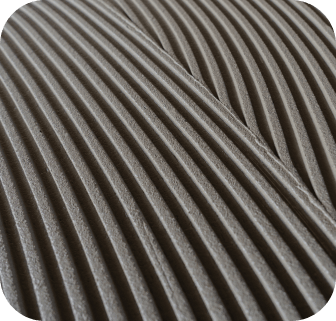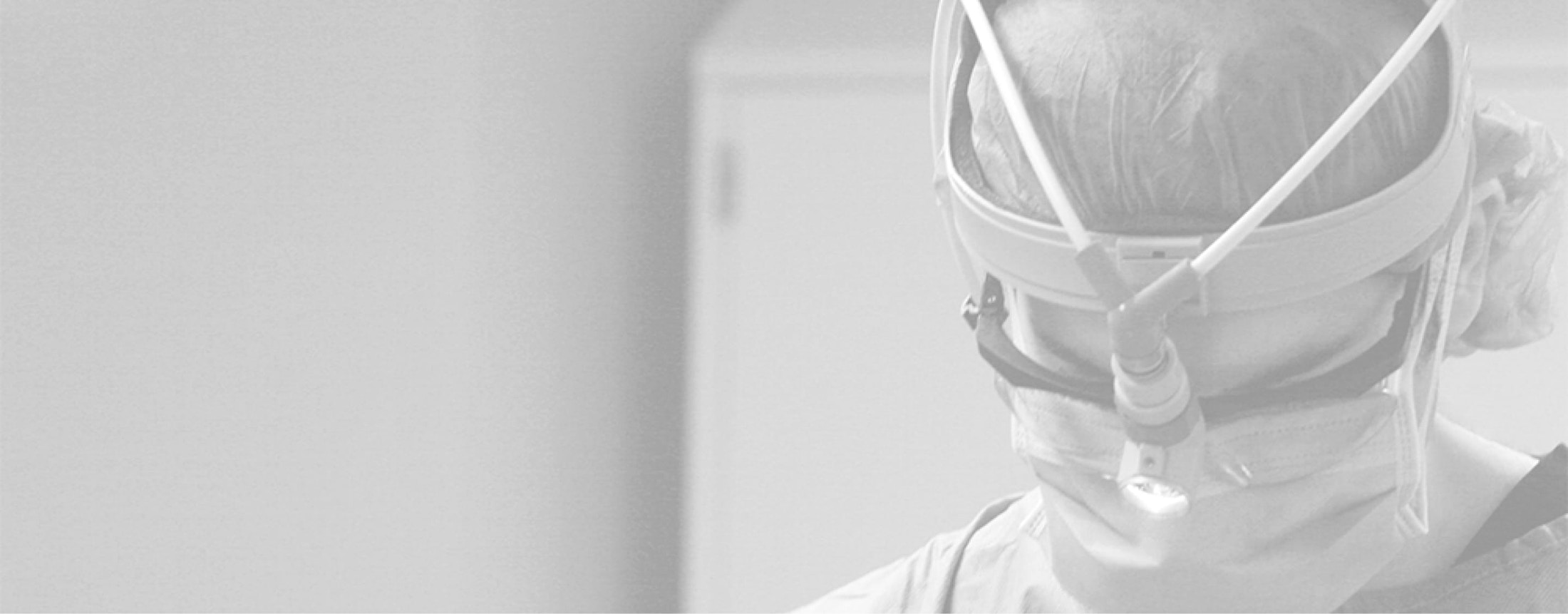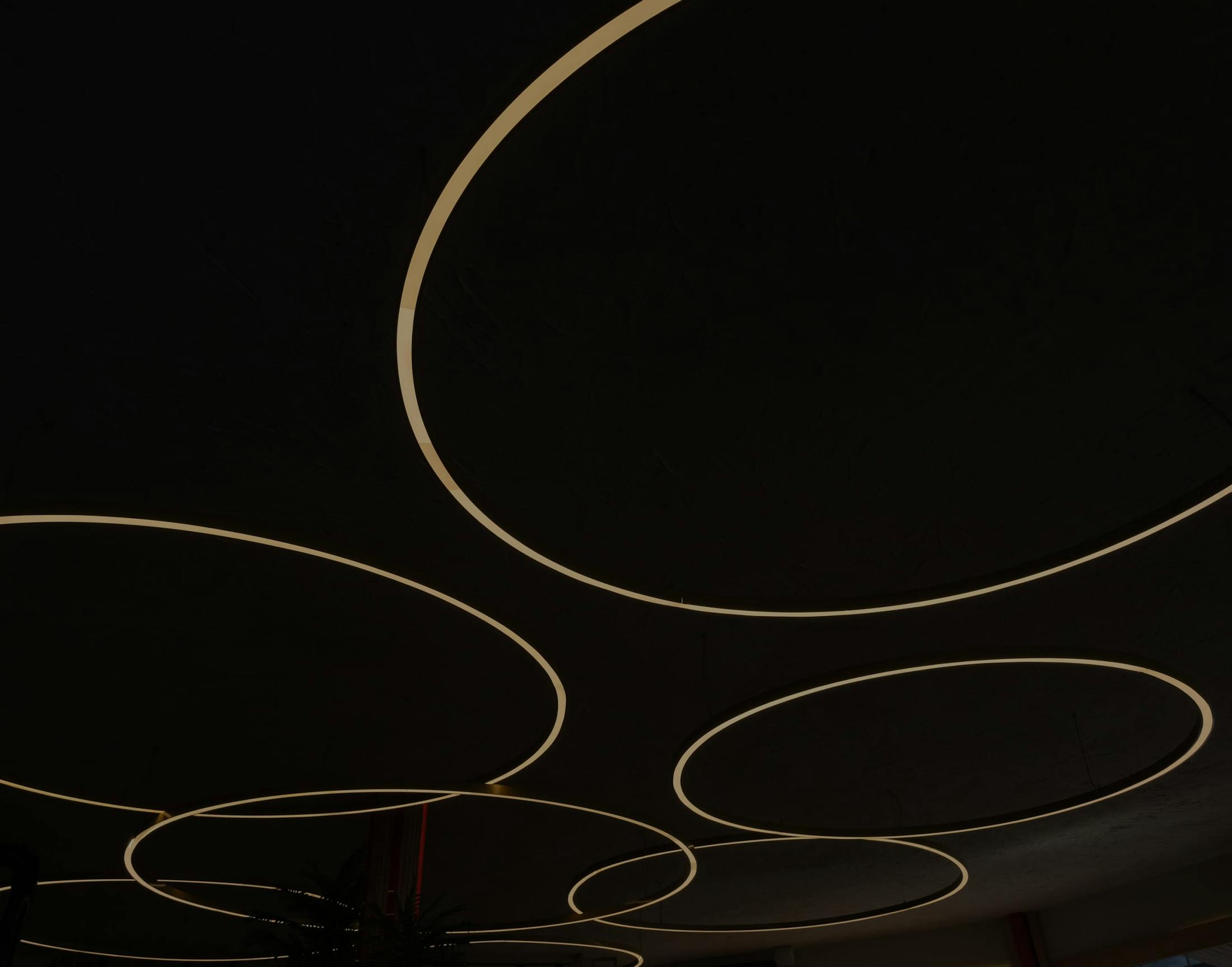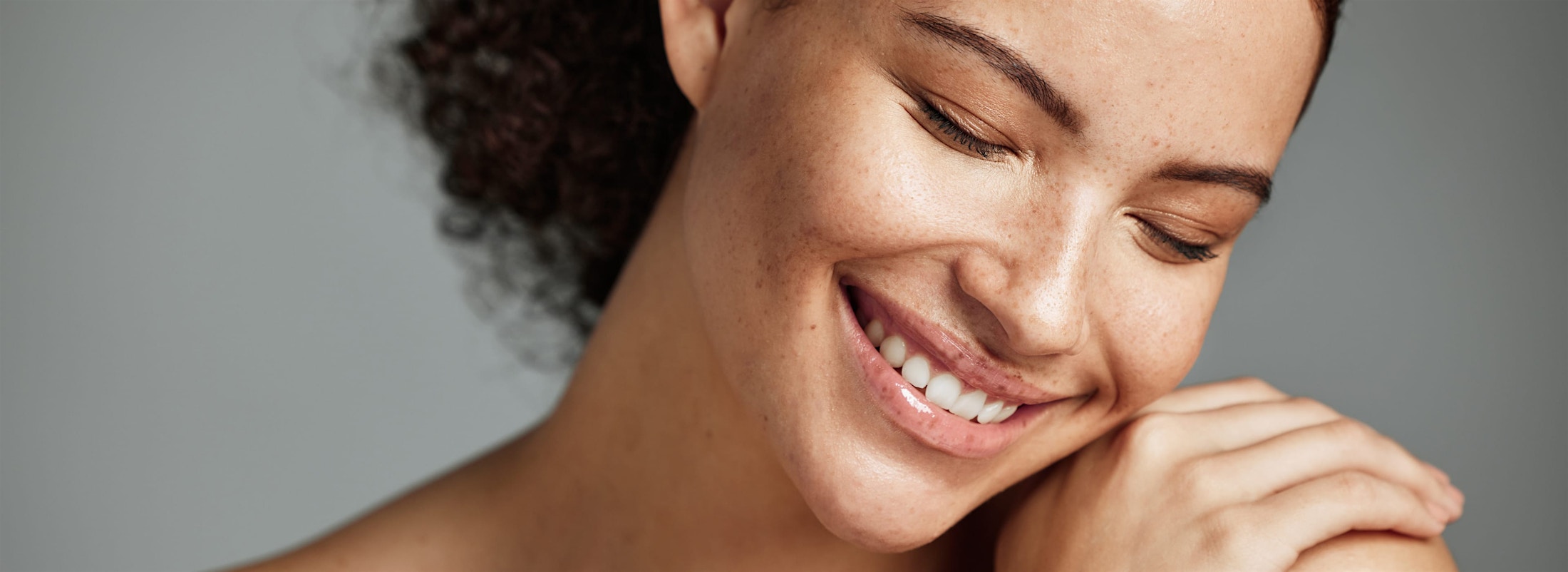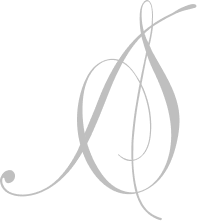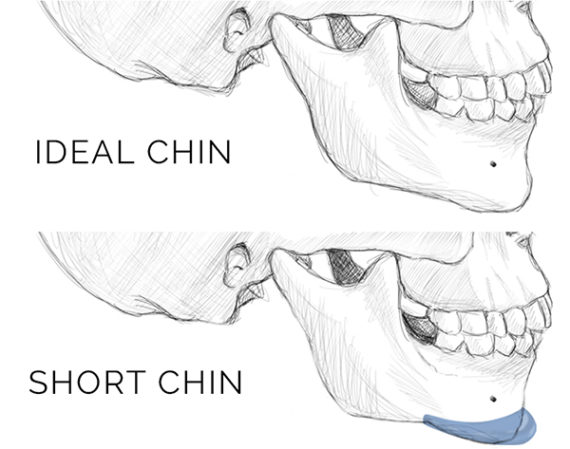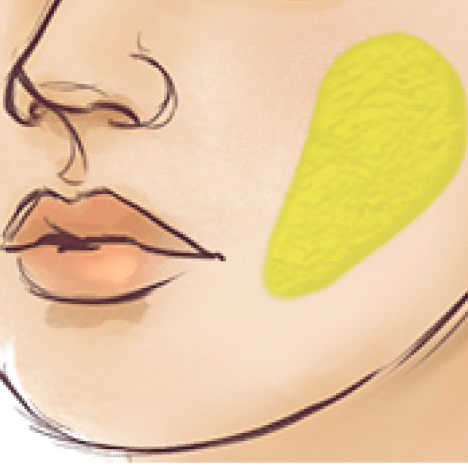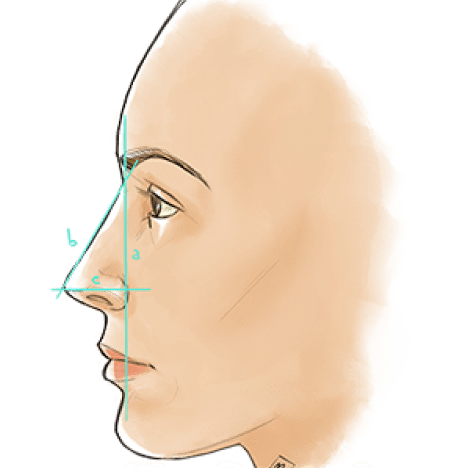What Is Chin Augmentation?
Chin augmentation is used to increase projection of the chin with an implant.
What Materials Are Used?
Several materials can be used including Silicone, Mersilene mesh, and Gore-tex. Silicone is my material of choice for several reasons. First of all, silicone is solid state substance which is quite different from injectable silicone or silicone implants. While injectable implants and silicone breast implants have the potential to leak, silicone chin implants do not. Silicone implants have an excellent track record of safety when used in chin augmentation. Both, chin implants and chin fillers are selected based on facial symmetry, with implants offering permanent reshaping and fillers providing temporary volume.
What Is The Recovery Time For Chin Augmentation Surgery?
Recovery from this procedure is quite quick. There is typically limited discomfort and pain afterward and many patients are back to work in 3 days.
How Can I Tell If I Need A Chin Augmentation?
Your lateral view is the view where a weak chin will most likely show up. A weak chin may make a nose look bigger than it should and create an overall sense of facial weakness.
Is There Anything I Should Be Aware Of Before I Have The Procedure?
You should notice any asymmetries of your face. Almost all patients will have chin asymmetry. Some surgeons just place an implant in regardless of preoperative irregularity. This may accentuate asymmetry. I prefer to customize each implant to the patient but augment or reduce portions to help better balance the chin. Patients may still have asymmetry postoperative but it should be improved. Your dental occlusion or bite is also important. If you have significant occlusion problems, alteration of your mandible may be a better choice.
What Are Some Complications Of Chin Augmentation?
Most commonly is implantation shifts can occur. The implant can be repositioned to improve the shift. Infection of chin implants is rare but can occur. Scarring can also occur externally. Notice that these factors can also affect the longevity of chin implants.
What Are The Approaches To Placing A Chin Implant?
A chin implant can be placed orally or externally. The intraoral approach has the advantage of avoiding an external scar. However, the implant can become infected due to traversing the oral cavity which is laden with bacteria. Several studies have not shown a difference in rates of infection between implants placed externally and intraorally. Intraoral implants tend to rise superiorly due to the difficulty in creating a pocket laterally and fixating the implant in the midline. The external approach has the advantage of placing the implant through a sterile technique. The implant is more readily fixed in the midline and shift of the implant is decreased. The main disadvantage is that an external scar is made. However, the meticulous closure will often time minimize the visibility of this scar. In addition, the location of the scar is a place where very few people will be able to see. Dr. Shah’s approach is to tailor the approach to the patient. Some patients request an intraoral approach and I will typically comply unless they have significant chin asymmetry or require a large chin implant.
Can I Have A Chin Augmentation In The Office Setting?
Yes, more and more patients are seeking in-office procedures. Dr. Shah is well versed in the knowledge of facial nerves and blocks. As such, he is able to perform chin augmentation with great comfort for the patient in the office setting. More and more patients are seeking chin augmentation. Patients are keenly aware of how the chin can impact the overall jawline and appearance of the face. One of the bigger fears is having anesthesia or going to sleep to have a chin augmentation procedure. When a patient is having another procedure such as a rhinoplasty, it makes sense to have general anesthesia. However, for patients just seeking chin enhancement, Dr. Shah has perfected a new technique where he can have the patient have the chin procedure in the office. Dr. Shah performs a series of nerve blocks and infiltrates the area around the chin with a combination of anesthetic techniques. This makes the area around the chin momentarily numb. With the patient slightly relaxed but without an IV, Dr. Shah is able to place the chin implant.

